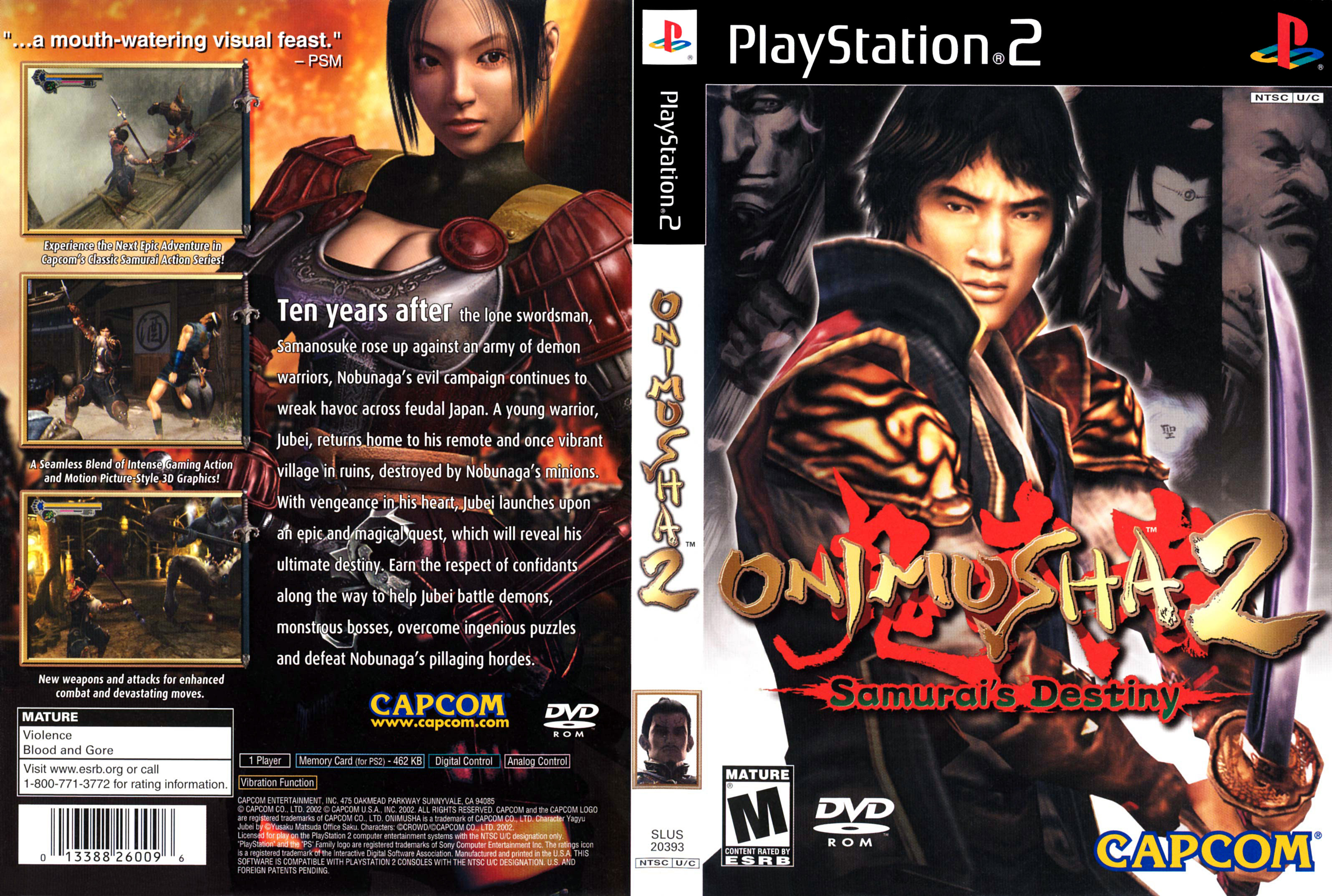

It’s a perilous journey no matter how you play, but at least you don’t have to worry about the technical end giving you any problems. Thanks to Hypers it’s now possible to extend chains much longer than before, but success on this front still demands split-second timing and incredibly precise movements if you DO somehow manage to tame this monster, the blazing flames engulfing your formerly-fierce adversaries seem to shine brighter than ever. And that’s just when playing to survive: if you thought putting together high scores in the first two DonPachis was difficult, be prepared to train like a Shaolin monk before so much as glimpsing a respectable point total here. There are only five stages to traverse (if you don’t count the super-difficult second loop), but they’re more than nasty enough to keep even the best players busy: the onslaught of big flashy baddie bullets is unrelenting, and you’ll be amazed at the effort it takes to weave your pint-sized hitbox out of so much trouble. The next time you push the “bomb” button, all stored “Hypers” will be spent at once to boost your weapon power (and the resulting hit count) to ridiculous levels careful though, as frequent hyper use makes enemies even angrier at you. As you rack up sequential kills and collect hidden bee medals (which now must be snatched mid-chain for worthwhile rewards), a “hyper meter” fills up, and once topped out a “Hyper” item will appear up to five can be stocked.

The traditional trio of selectable craft is replaced by a Progear-esque lineup of two planes and three stat-altering cyber-loli “co-pilots”, but shooting, lasering, bombing, and chaining are much as you remember them, with one major addition: the “Hyper”. The third (or fourth, if you count the outside-developed Bee Storm) entry in Cave’s marquee “DonPachi” series, Dai-Ou-Jou (roughly “peaceful death”) abandons the relatively accessible style of its forebears this sucker is among the company’s most challenging offerings, if not one of the toughest shmups ever, period.

| Game Boy Advance | Odyssey 2 | Amiga | DoDonPachi Dai-Ou-Jou Shmup Libraries: TG16/PC Engine | Genesis/Megadrive | PS1 | Saturn | Dreamcast | PS2 | Gamecube | Shmups 101 | Beginner Shmups | Defining Shmups | Hidden Gem Shmups Above all, of course, I hope you enjoy reading this, as well as hopefully tracking down and playing some of this stuff afterwards too! Hopefully this extra information will be of additional use to you: as always, if there’s something I’ve missed or misstated anywhere in here, please let me know in the comments so I can get to fixing it (if poor RB doesn’t strangle me first). To the right of the comma you’ll learn whether the media format of each game is a CD or DVD – again, an asterisk indicates some manner of anomaly to be elaborated in the main body. If you see an asterisk (*) next to any of these, it means that some sort of exclusion, exception or other unusual situation exists for that region’s version, and should be explained in further detail within the underlying text. The first part, to the left of the comma, denotes the region(s) each game was released in: “JP” for NTSC-J (Japan/Asia), “US” for NTSC-U (North America), and “PAL” for, well, PAL (Europe/Australia). Hello again everyone – before we begin, please note the newly-added designations in parentheses which are found below each game’s title. This time he looks at some more modern, but equally thrilling shooters on the Playstation 2. His guides to the Sega Saturn and Playstation Shmup Libraries are required reading for those looking to explore the genre. Note from racketboy: Once again, it’s a pleasure to have BulletMagnet back to guide us through another blockbuster shmup library.


 0 kommentar(er)
0 kommentar(er)
